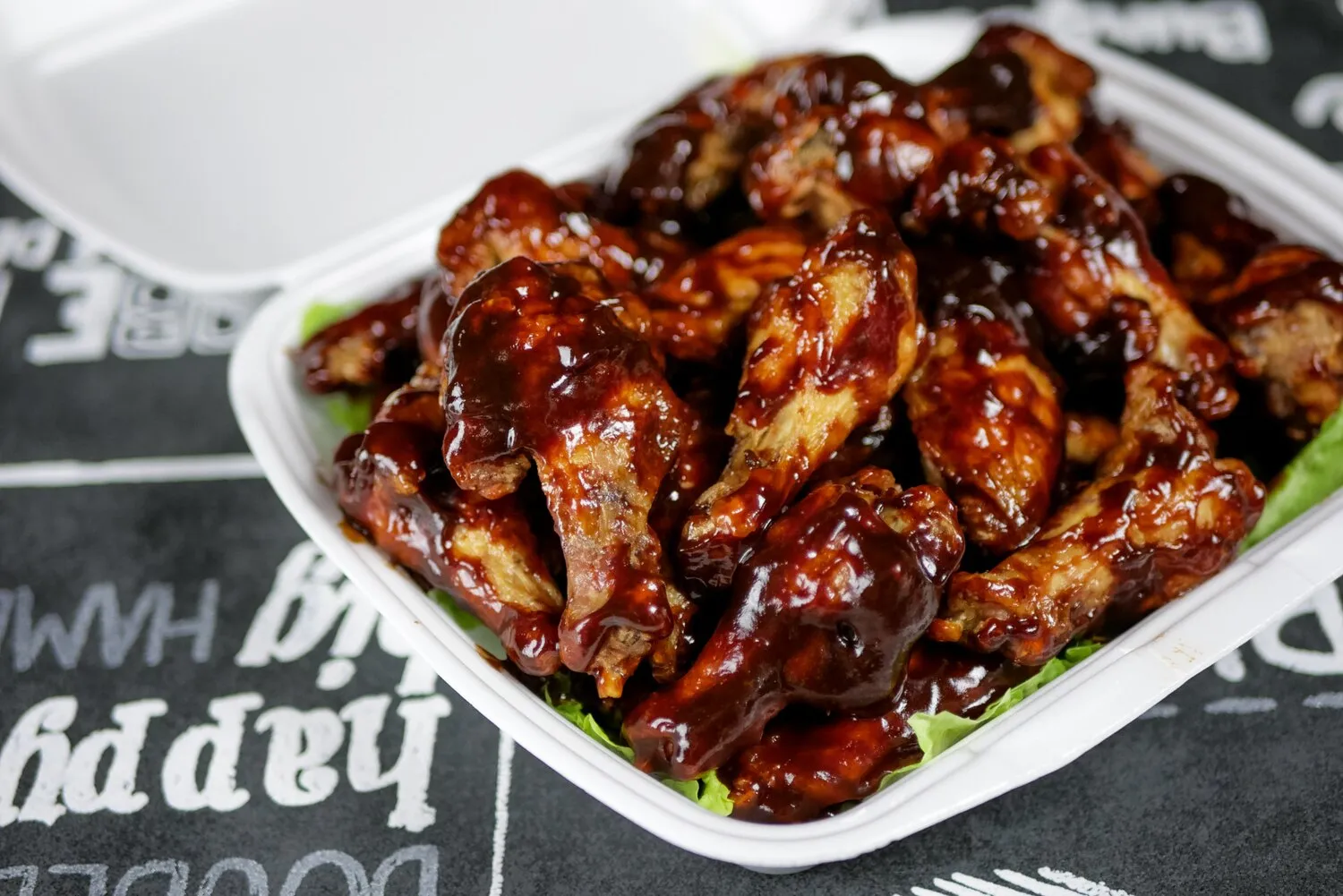
Falafel
Deep-fried balls or patties made from ground chickpeas or fava beans, often served in pita bread with various toppings and sauces.
Nutrition Facts
* The % Daily Value (DV) tells you how much a nutrient in a serving of food contributes to a daily diet. 2,000 calories a day is used for general nutrition advice.
Falafel's origins are believed to trace back to ancient Egypt, where it was possibly made from fava beans (broad beans) as a meat substitute for the Coptic Christians during Lent. Its popularity spread throughout the Middle East over centuries, with different regions adopting and adapting the recipe using locally available ingredients.
Falafel is more than just a food; it is a symbol of Middle Eastern and Arab cuisine, widely enjoyed as a street food staple and a vegetarian-friendly option. It reflects cultural identity, communal eating, and adaptability to local resources.
Street Food Staple
Falafel is a popular street food throughout the Middle East, often sold from small stalls and eaten as a quick and affordable meal.
Vegetarianism and Lent
Historically, falafel provided a vital protein source for vegetarians and, particularly, for Coptic Christians in Egypt during periods of fasting when meat consumption was restricted.
Regional Variations
While the core ingredients remain similar, regional variations exist in falafel recipes, reflecting local preferences for spices and serving styles. Some regions may use more or less of certain herbs and spices.
Cultural Identity
Falafel has become a symbol of Middle Eastern identity and pride, representing culinary traditions and shared heritage.
Falafel boasts a savory, earthy, and herbal flavor profile, with a satisfyingly crispy exterior and a soft, crumbly interior. The combination of chickpeas or fava beans with fresh herbs and spices creates a complex and aromatic taste.
The dominant flavors come from the ground chickpeas or fava beans, providing a nutty and earthy base. Fresh herbs such as parsley, cilantro, and sometimes mint contribute a vibrant green flavor. Spices like cumin, coriander, garlic, onion, and chili powder add warmth, depth, and a subtle kick. Lemon juice or zest brightens the overall flavor, while sesame seeds (often used in tahini sauce) introduce a nutty and slightly sweet element.
Soaking the Beans
Always soak dried chickpeas (or fava beans) overnight (at least 12 hours) in cold water. This rehydrates them fully, leading to a better texture and less dense falafel. Do not use canned chickpeas, as they contain too much moisture.
Grinding Technique
Use a food processor to grind the soaked chickpeas (or fava beans) until they are coarsely ground but not completely smooth. Avoid over-processing, as this can result in a mushy texture.
Herb and Spice Balance
Experiment with the amounts of fresh herbs and spices to achieve your desired flavor profile. Fresh herbs are crucial for flavor. Don't be afraid to add more!
Frying Temperature
Maintain a consistent oil temperature (around 350°F/175°C) during frying. Too low, and the falafel will absorb too much oil; too high, and they will burn on the outside before cooking through.
Resting Period
After forming the falafel balls or patties, let them rest in the refrigerator for at least 30 minutes before frying. This helps them hold their shape and prevents them from falling apart in the hot oil.
Explore additional Appetizers dishes and restaurants
Explore AppetizersDiscover top dining spots and culinary experiences in Genève.
Explore GenèveLearn more about the food culture, restaurant scene, and culinary heritage of Switzerland.
Explore Switzerland